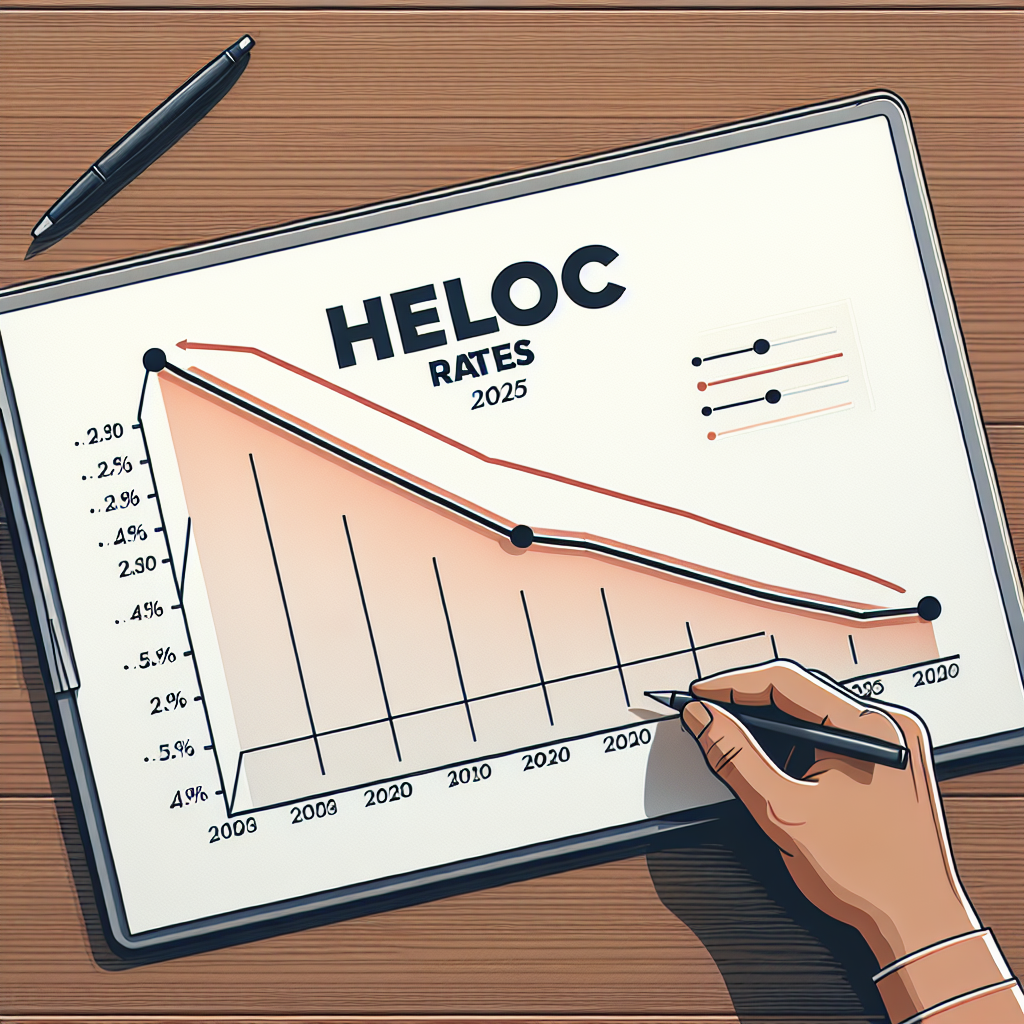Key Points to Keep in Mind
- Federal student loans slip into default after nine months without payment.
- The U.S. Department of Education can seize federal tax refunds to cover overdue loan balances.
- Income-driven plans, loan refinancing, and consolidation are practical ways to dodge default and protect your refund.
Come April 2025, the Department of Education plans to restart tax refund interceptions, with an anticipated surge in defaulters potentially hitting the 9 million mark by summer. Planning ahead for your student loan repayments is crucial if you wish to steer clear of collection headaches.
Could Your Tax Refund Disappear Because of Student Loans in 2025?
The loan types affected after this pause include Direct Loans, Direct Consolidation Loans, Federal Family Education Loans (FFEL), as well as federal Perkins Loans.
Financial Hardship Relief: Can It Help You?
If you’re able to demonstrate financial distress, you might qualify for a hardship refund. In such cases, any money seized from your tax refund could be reimbursed back to you.
Strategies to Prevent Your Tax Refund from Being Garnished Due to Student Debt
Once loans slip into default, the Education Department can hand them over to collections. This allows them, alongside the Treasury Department, to seize a portion or all of your tax refund to cover unpaid debts — a process officially called the “Treasury Offset Program.”
To avoid this, consider these alternatives:
- Consolidation: Merging multiple loans into one can simplify payments, though loan forgiveness has become less accessible under recent policies.
- Loan Rehabilitation: Available for Direct and FFEL Loans, it requires making nine consecutive monthly payments based on your discretionary income, which can restore your loan standing.
- Full Repayment: Settling your loan in full wipes out default status, but this route is usually beyond reach for most borrowers.
Will Your Spouse’s Tax Refund Be at Risk?
If you file jointly, the IRS can seize part or all of your combined tax refund to settle any defaulted student loan debt linked to either spouse.
Preventing Student Loan Default: What Are Your Options?
Struggling to make monthly payments doesn’t mean you’re doomed to default. Federal loan programs come with several safety nets, such as:
- Repayment Plans: Adjust your monthly dues with options geared toward affordability, including income-driven repayment plans that tailor payments based on your earnings.
- Deferment and Forbearance: Temporarily halt or reduce payments if circumstances get tough, buying time to avoid default.
Keep in mind, whether you receive a tax refund depends heavily on your tax profile — overpaying taxes or qualifying for credits may result in a refund, while underpayment can leave you owing the IRS.
According to recent government reports, as of 2024, over 40 million Americans hold federal student loans, with roughly 25% struggling with repayment issues, underscoring the growing risk of loan default and tax offset enforcement in coming years.
Taking Control Before It’s Too Late
The student loan tax offset program will kick back in on May 5, 2025. If your loans have slipped into default, your tax refund next year could be in jeopardy. To avoid this, start mapping out a repayment game plan with a financial advisor or your loan servicer.
Refinancing, consolidation, or income-driven repayment plans can help lower your monthly payments and bring you back on track. Alternatively, forbearance or deferment periods might provide temporary relief if you face imminent default.



